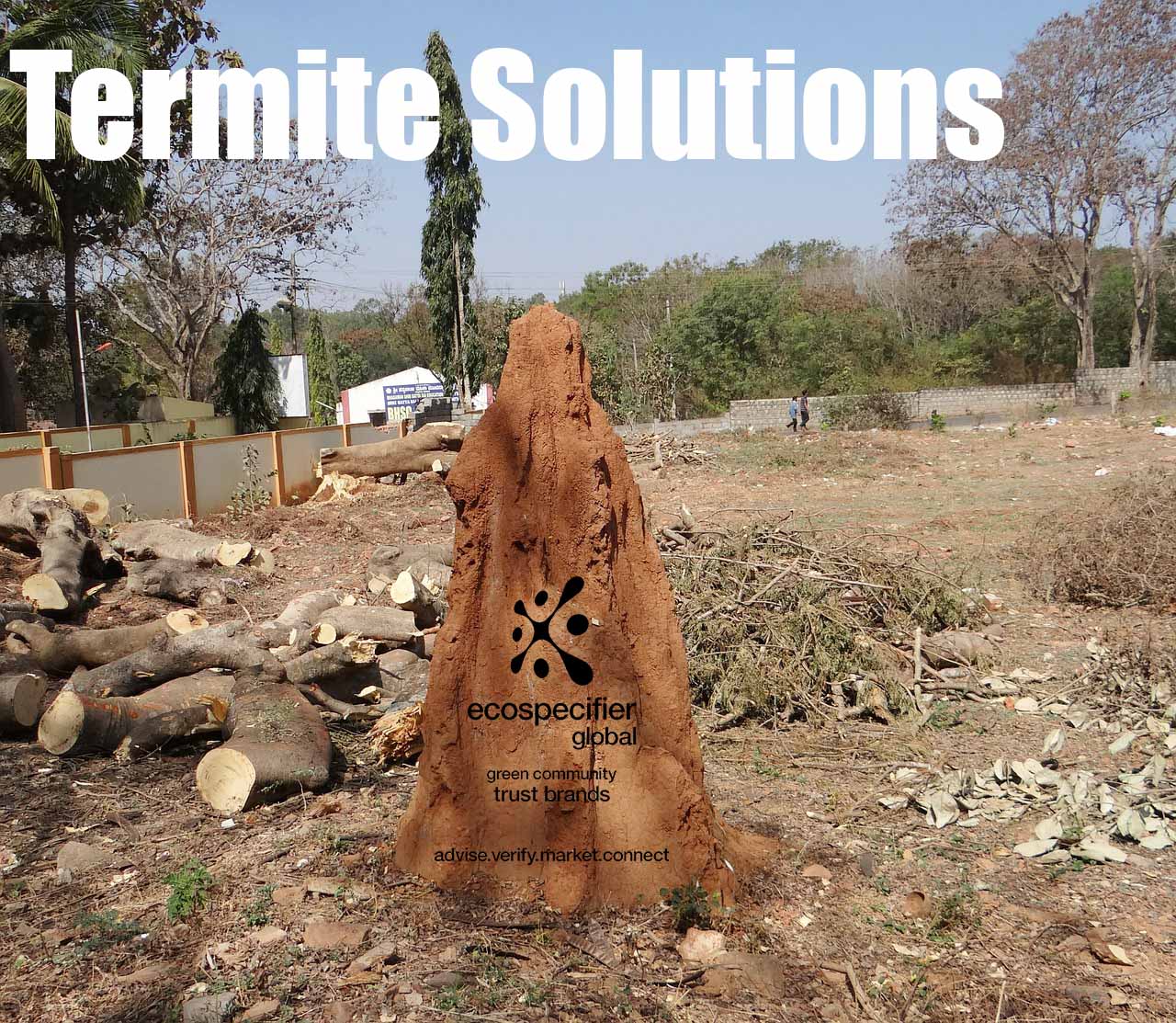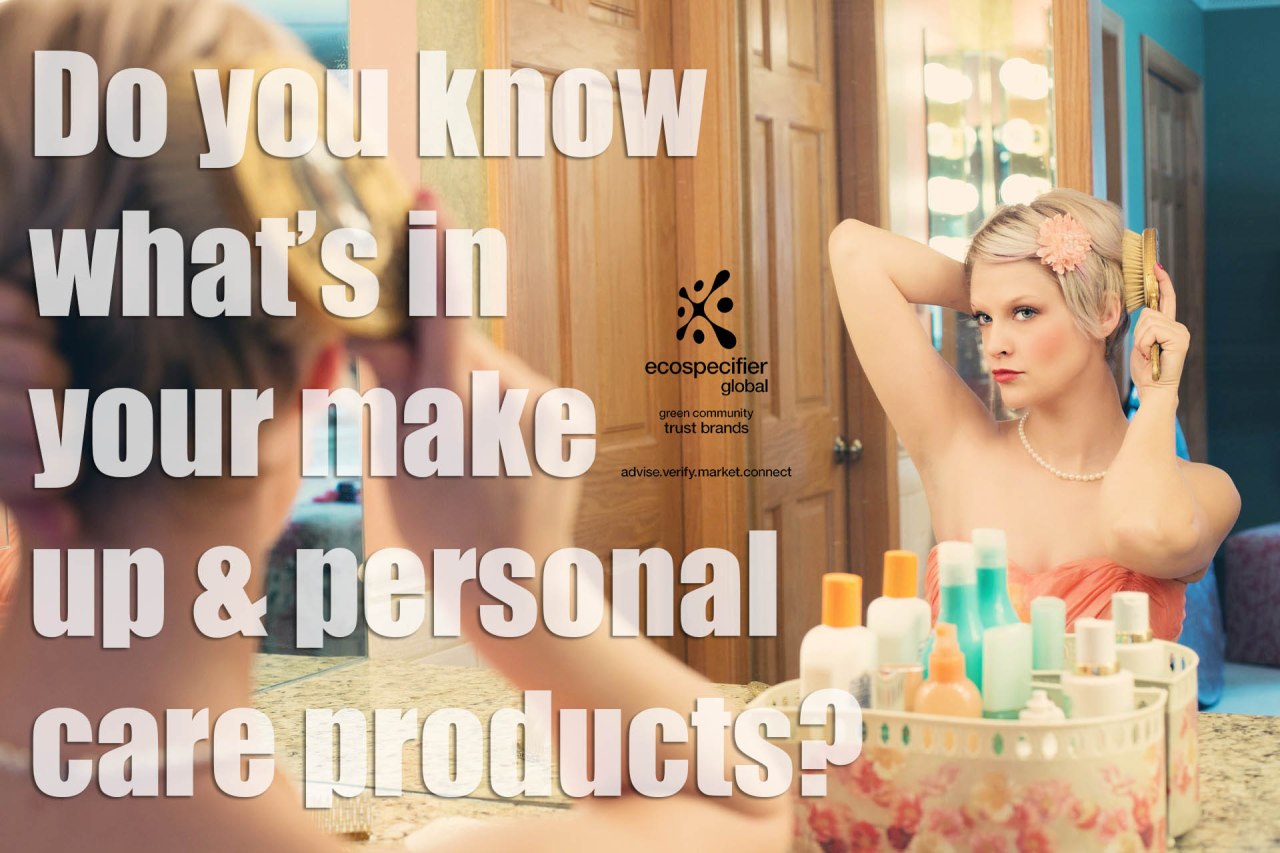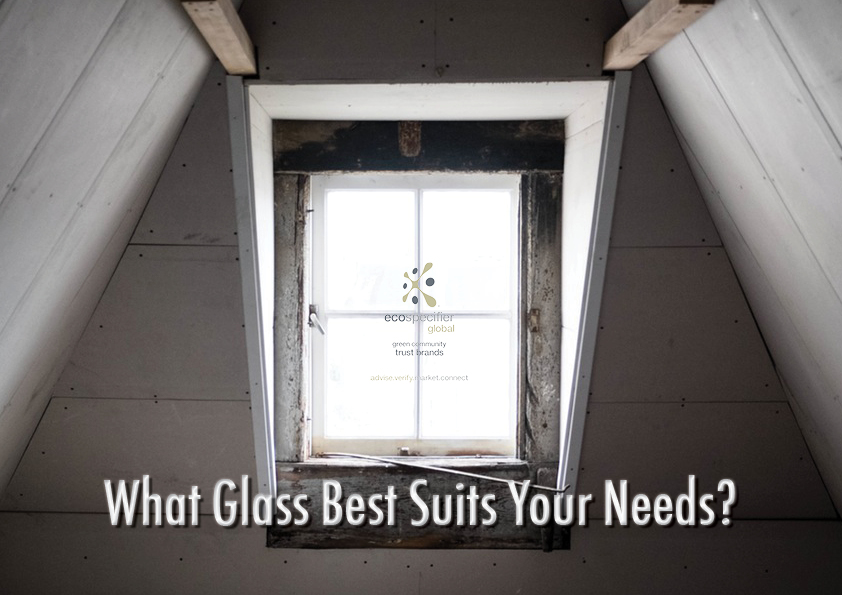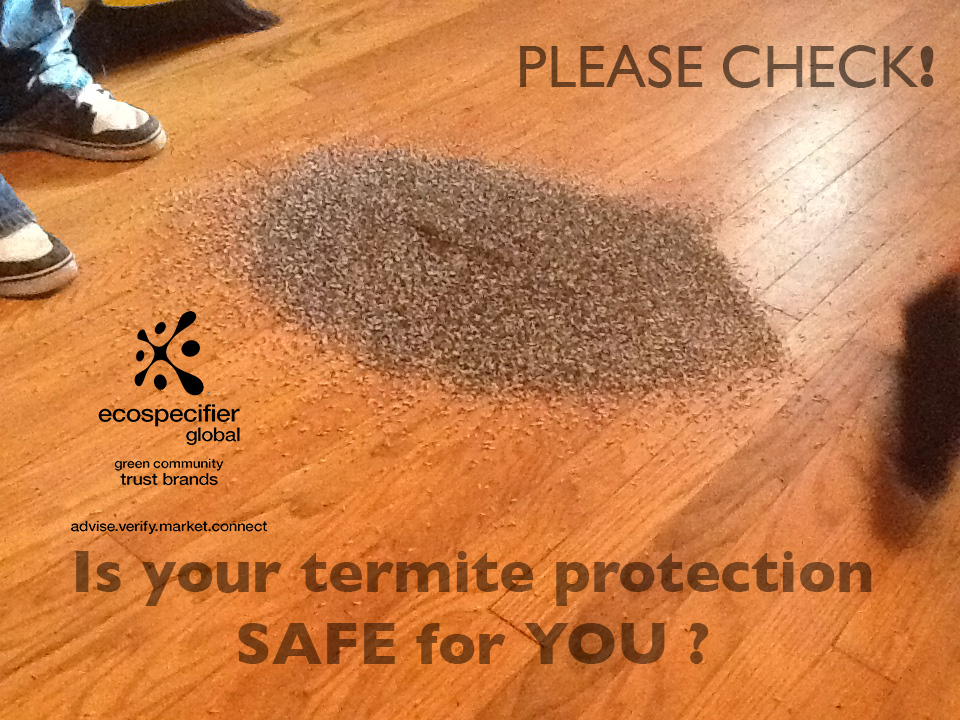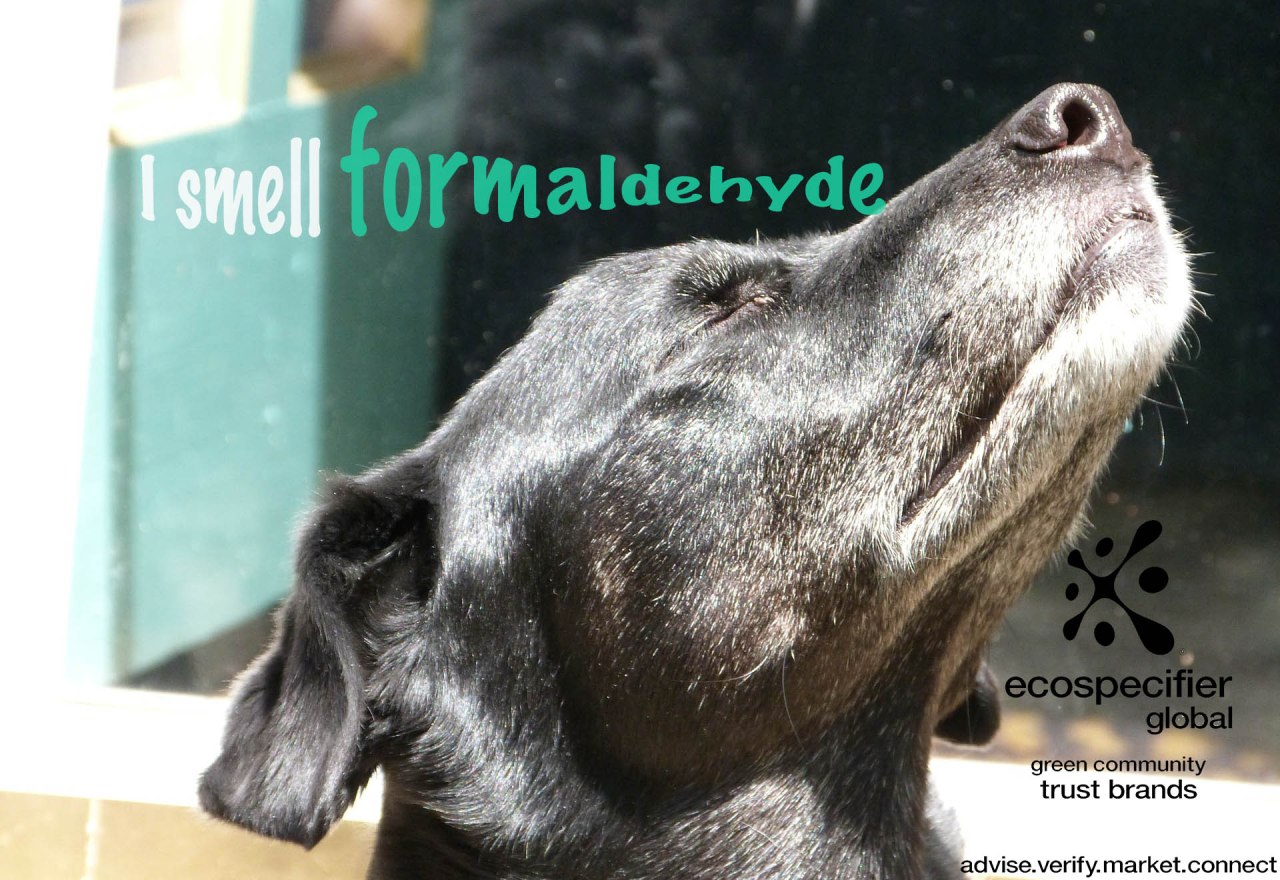The facade of a building is often perceived as merely the aesthetic frontage of a building, but it’s the performance of a façade that has become critical in a world turning sustainable. A façade today cannot afford to be just a pretty face.
Building new, renovating or retrofitting, there is a strong case for using an effective building façade material and system to enclose a building. Especially a material that is naturally and sensibly sourced. One that provides good returns for the environment in terms of energy savings, longevity, low maintenance and also in terms of overall benefits, including human health, comfort and safety.
Moving beyond conventional high impact façade materials of aluminium, concrete and particularly glass in curtain wall systems that have dominated the façade landscape in recent decades, we take a deeper look at clay based systems that in very clever ways are elevating sustainable building design and performance.
So what is a sustainable façade?
Modern façade engineering and façade product design resolves environmental and structural issues to produce effective building enclosures and the Ecospecifier Global Verified product Terraçade™ is a good example of this. Consisting of modular fired clay units, the product is a terracotta rain screen and ventilated façade system made largely from natural clays sourced in Australia and China. Although the core material, for instance, is not a renewable resource, it is considered to be abundant. However, it is how the material functions in relation to the overall façade system that makes the product a good sustainable choice.
The Terraçade product was put through the Ecospecifier Verification program to qualify its leading position as a façade system that is worthy to be used in green building projects.
Results found that the two variations of the product: Terraçade TN (designed to act as a rainscreen and a rear ventilated façade system) and Terraçade XP (designed to act as a rear ventilated curtain wall system) both contribute to improving a building’s overall performance and energy rating.
How does a sustainable façade system actually work?
Discovering how a sustainable façade system functions is helpful to validate making a choice between one system over another – and how it can work in multiple ways as an integrated system to produce sustainable outcomes, helps designers to understand how best to use it.
The Terraçade tile, for example, acts as a rain screen and the framing system it sits within is designed to assist thermal comfort as well. It cleverly provides natural ventilation for a building that expels absorbed heat and reduces re-radiation. This is a significant benefit as compared with significant radiant heat gain issues that can be experienced in glazed panel systems or curtain wall glass façade systems, especially with ‘heat absorbing’ dark coloured glasses typically used.
In contrast, the frame of a Terraçade system offsets the terra-cotta skin from the building surface and assists in reducing energy use throughout a building by promoting air flow against the substrate wall – and the boost of airflow helps to regulate a building’s temperature and remove airborne moisture from within the cavity.
Simultaneously, the addition of a polypropylene membrane facilitates the escape of vapour from within a façade frame and restricts the entry of rain and moisture, which can rot a timber framing and create mould. Also, joint sealants, which are used in glass systems, are not necessary either to weatherproof, which represents other savings in costs for sealant materials and labour.
The diagram below illustrates the working benefits of the Terraçade system.

Why do façade systems also need to be safe?
While the majority of materials used in a sustainable façade system like Terraçade do need to be strong, highly durable, low maintenance, re-usable or recyclable (Terraçade also offers a take back scheme) the issue of safety is also a critical consideration to look for in product design.
For instance, the making of a material like terracotta units as used in Terraçade involves only firing of natural clays, which while they do contain crystalline silica, is a common material also in all bricks, concrete, glass and many stones etc. However, no hazardous VOCs or substances are derived or emitted in the life of the product’s use.
It is also critical to know that a façade material is fit for purpose and contributes to overall building safety. Indeed any materials used to envelope a building must be safe in terms of structural integrity and safety. It is therefore important to check that façade materials working together provide up-to-date and valid certification for factors of resistance to cyclonic winds and rain. Terraçade provides this as well as compliance for more serious issues.
Fire issues are perhaps of the greatest concern and a serious safety issue to consider when making sure that your façade material is certified (‘low’ in terms of combustibility). As authorities have established, the use of subpar, cheaper and non-certified exterior building products have caused great damage during building fires – such as the one that devastated the Lacrosse Apartment complex in Melbourne in 2014 and others in Dubai as well. At the official enquiry into the Lacrosse fire, the Victorian Building Authority concluded that the use of the cladding material failed to comply with combustibility requirements and played an instrumental role in the spread of the blaze.
The future of façades
Building safety and sustainability are logically bound together and façade materials and design will continue to play a vital role – both for greater reductions in building energy use and in terms of human and environmental health. Globally, there is a positive growth of demand for green designed buildings and contrary to perception, according to the Living LOHAS 2015 report by Mobium Group, the cost of a product is not the only driver.
Consumers are increasingly choosing products for their health and wellness benefits and this same trend, according to another study recently, is occurring in Australia’s corporate rental market as well. Decisions are being made based upon verified or certified sustainable standards in building materials and building design to ensure healthier and more environmentally conscious living and working environments.
Soon, it would seem, all building products, including façade systems, will not get away with just looking pretty. Eventually, all will come under greater scrutiny and some already are.
Banner Picture: Annette Kellerman Pool in Sydney wearing Terraçade XP Pilabara
Explore more about the product ranges that have been verified and eco-certified and listed by Ecospecifier, by using the Product Search Engine on Ecospecifier Global: http://www.ecospecifier.com.au
Join us in more conversations about green products and sustainability issues on our social media pages:
Follow Ecospecifier on Facebook
Follow Ecospecifier on Twitter
Follow Ecospecifier on LinkedIn
Sign up for our newsletter to discover our latest green product listings SIGN UP HERE


